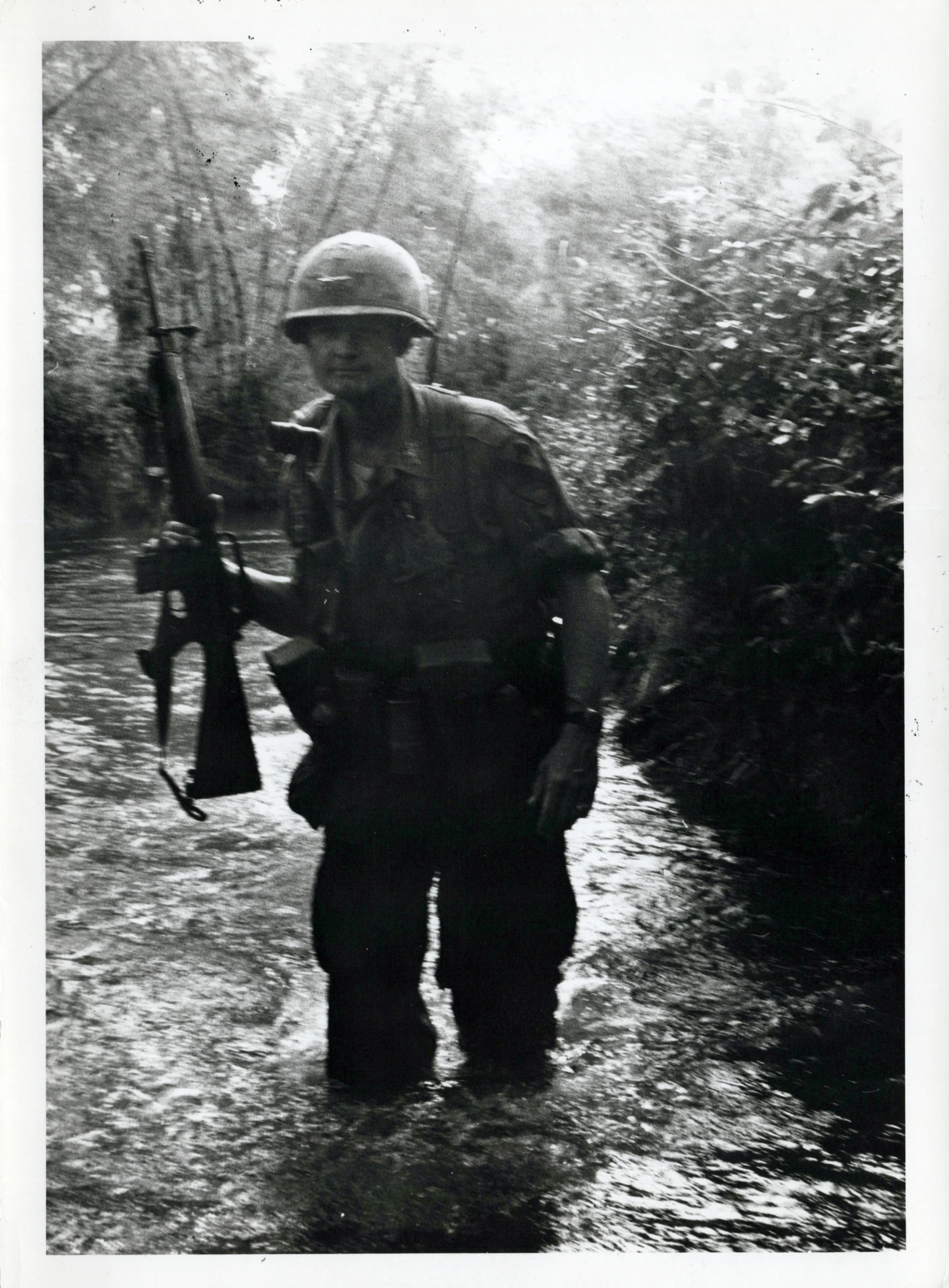Battlefield Leadership
by Lt Gen Harold G. Moore, US Army (Retired)
These are some comments, based on my limited experience, on a leader’s:
– Preparations for battlefield leadership
– My philosophy on the conduct of a leader in battle
Preparations: Could fill a book. Only a few items:
Next, conduct in battle.
Four Principles:
